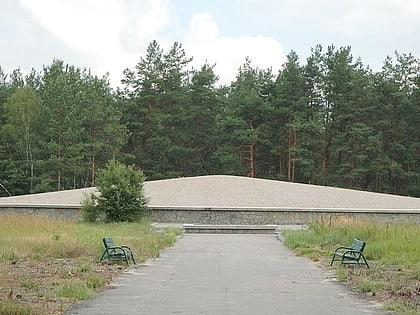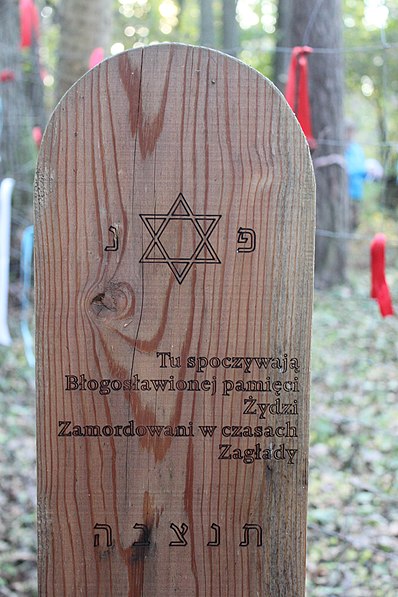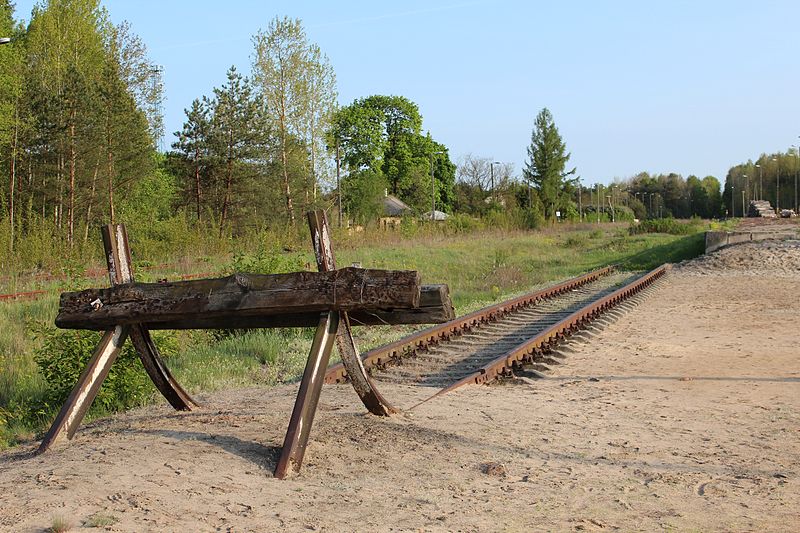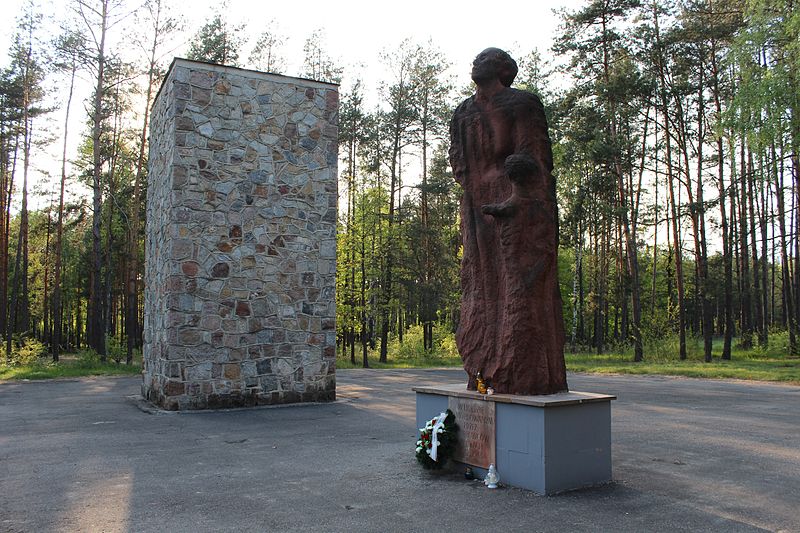Sobibór extermination camp
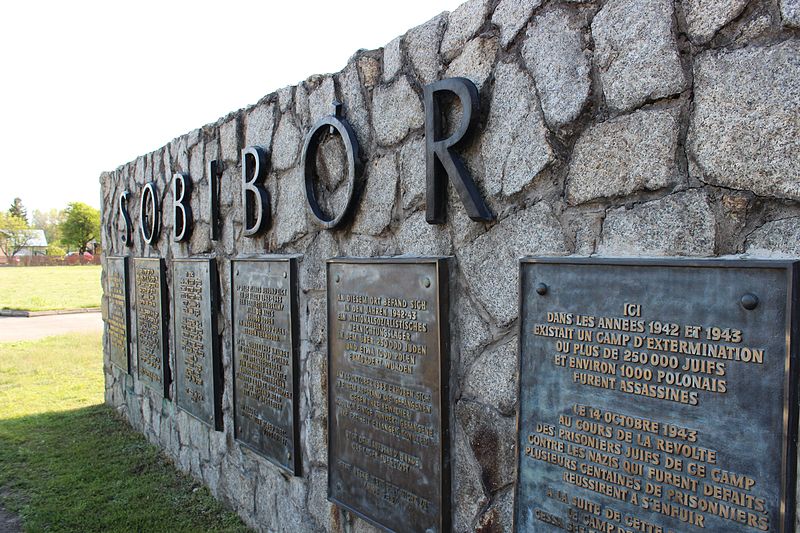
Facts and practical information
Sobibór extermination camp stands as a somber testament to one of history's darkest chapters, located in the eastern part of Poland. Established in March 1942, the camp was one of several extermination centers created by Nazi Germany during the Holocaust. It is estimated that around 250,000 Jews were systematically murdered in its gas chambers, making Sobibór one of the most lethal extermination camps alongside Auschwitz-Birkenau and Treblinka.
Today, the site serves as a poignant museum and memorial to those who perished within its confines. Visitors to the memorial can explore the remnants of the camp, including the railway platform where prisoners arrived and the mass graves where victims were buried. The museum provides historical context through exhibits and documentation, offering a deeply moving educational experience about the atrocities committed during the Second World War.
The museum also commemorates the Sobibór Uprising of October 14, 1943, when a group of Jewish prisoners, led by Alexander Pechersky, staged a courageous but ultimately tragic escape attempt. Despite the odds, the uprising remains a powerful symbol of resistance and human spirit.
Lublin
Sobibór extermination camp – popular in the area (distance from the attraction)
Nearby attractions include: Sobibór Landscape Park, Museum of the Former Death Camp in Sobibór.
